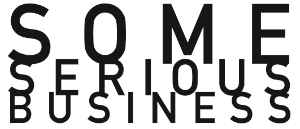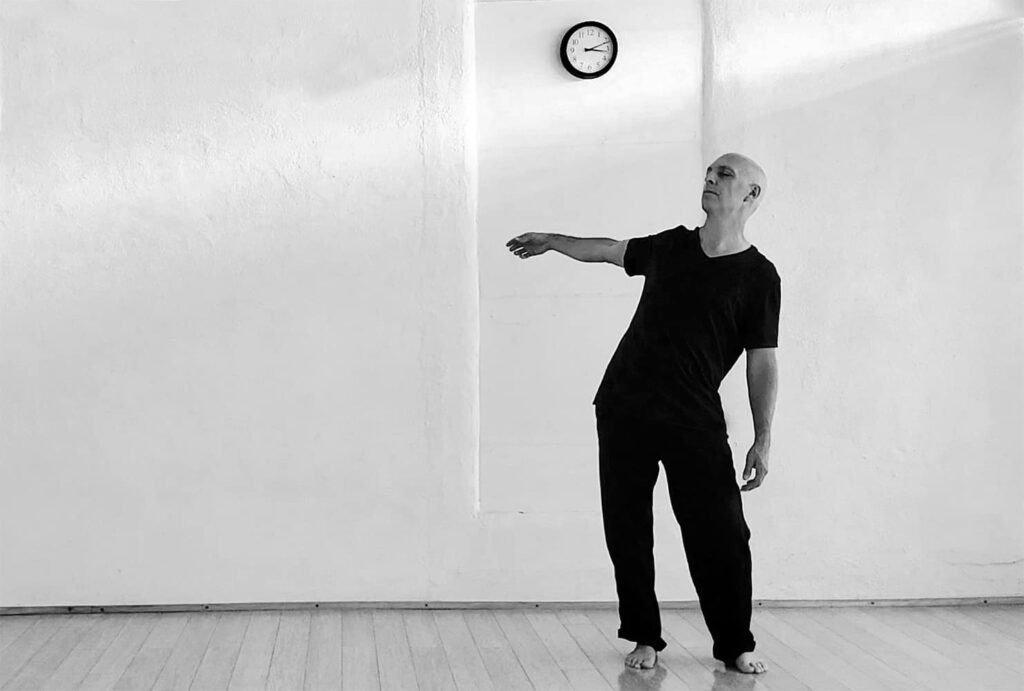David Forlano #FiftyQuestions
What is your current guiding motivation to work and/or express yourself?
I am currently motivated by human behavior in general. How people relate to the world. I am interested in the mundane activities of people. Individuals and groups of bodies in motion to achieve a task, like construction or sports, can be thought of as sound and movement scores.
Can you recall your first memory of bliss in self-expression?
Maybe not my first, but a vivid memory of a blissful event was in art school. I was struggling over a drawing assignment and attempting to draw the dirty dishes in the sink. After much frustration I gave up on the drawing and started frantically washing the dishes. Then I reached for my terrible drawing and washed it and threw it on the drying rack with the dishes. In that moment I was far more engaged and interested in the action of washing than I was in drawing a picture of something. That moment turned the lights on for me. It started a series of large drawings that were all about making marks with repetitive actions of my body. These were my first performance works even though I did them privately in my studio.
Who has been your greatest mentor, living or dead, real, or imaginary?
Toshi Makihara. Toshi is a percussionist living and working in the Philadelphia area. My work with him in the 90s was pivotal in learning how to listen as well as opening my vision of what performance can be. Our crossover work in sound and movement was a playground for exploration. Play continues to be a valuable part of my process.
How would you describe your ideal relationship with other artist colleagues?
An ideal relationship between artist is generous, open, and risky. Artists tend to be strong personalities or have well-formed vision of their work. This can be tricky to navigate in collaboration. I prefer working with strong personalities and clear vision as long as there is curiosity for development in the unknown and generous exchange.
Is destruction a positive phenomenon for you?
Destruction is just another tool the toolbox. It can be positive or negative depending on the circumstances. My answer to the earlier question recalling a blissful memory is an example of destruction opening something new for me.
Who or what are you speaking to or with in your current work? Who or what would you like to speak with in your art in future?
I am interested in speaking a common human language in my work. I am interested in the human animal at a primal instinctual level. The person before things like culture, religion, and politics. Everything is constantly changing around us but we are always that human animal through all of it. We are incredibly like each other.
If you could create a new public institution for your field, what would its mission be?
I believe an Institution of Improvisation would be useful to just about anyone inside or outside the art worlds. People are natural improvisers from when we are born. We improvise when we are speaking, buying groceries and just about anything we do in daily activity. Improvising is a key component to nurturing the creativity in all of us.
Who or what do you feel is most invisible to others in your practice?
I feel like the time spent and focused work it takes to strip away all of the seductions of craft and honing skills is likely not readily seen. That might be a good thing. It is not important for others to know that unless they seek to practice this for themselves.
How important is it to you that others connect and understand and appreciate your work?
Part of my practice is purely for my own well-being. This is the part that helps me work better with others as well as keep me focused on a deeper truth in my work. When the next step in the work is to present it to an audience it becomes important that I am offering something for them to find a connection. Their role is as important as mine in that equation. It is up to me and my collaborators to create an environment and experience that invites the audience to engage on some level.
What is your relationship to criticism?
Criticism is just another tool in the toolbox. I crave active criticism within a developing collaborative process. Criticism is not a declaration of right or wrong. It is a constructive function of working together.
How would you describe the prevailing norms in your field – are you impacted by them? How or how not?
I honestly can’t say I know what the prevailing norms are anymore. If I work from the premise that it has all been done before I can move forward considering every moment I engage in has never ever happened. If I am considering my work only within a “field” it would be very limiting. I am interested in my work most when I cannot name the work. To others it might fit into a norm or a field of work but that is their business.
What is your relationship to your audience, real or imaginary?
If I have asked an audience to show up for my work it is never a frivolous thing. I hope to show up as fully as possible. I hope that something that I am doing might help to open up imagination in others.
Which would you prefer: to be a rogue artistic outsider or to fit within a community of similarly minded creators?
Being a rogue outsider artist sounds like a gimmick to me. That concept sounds more like a culture focused on dividing humanity into different buckets rather than seeing that uniqueness as yet another example of the diversity that enriches a culture and individual. If we are in a community of creators who are honestly interested in the process than we are similarly minded.
Are you more interested in the universal or the individual? How important is it to you whether you express yourself as a unique person, or rather add your voice to a collective conversation?
It is important to me to add my voice to a collective conversation when I know my voice is somehow helping to advance the collective into new or different territory. Ultimately I am more interested in the universal, but my personal artistic work must be focused on myself if I am to bring anything of value to the party.
About David Forlano
David Forlano is a Santa Fe-based visual and performance artist, musician (saxophone and electronics) and jewelry artist. In 1988 he started an Art Jewelry business with Steve Ford. Over the past 35 years their work has established a recognized reputation at the forefront of American Craft and in the permanent collections of The Philadelphia Museum of Art, The Fuller Craft Museum and The Museum of Fine Arts, Boston and has been noted in many publications. While in Philadelphia, David was principal composer and sound performance/design for The Roko Kawai Dance company, The Leah Stein Dance Company and many other individual performance projects. His commissioned sound design with choreographers has brought him to Japan, New Zealand and across the United States. He was also sound designer for many theater works at Bryn Mawr College and the Philadelphia Fringe Festival. Since moving to New Mexico in 2005, David has collaborated on video, film and performance projects with his wife, Debrianna Mansini. In 2022 David formed Sandbox Music to produce an ongoing concert series featuring experimental, improvised and new music in Santa Fe.

